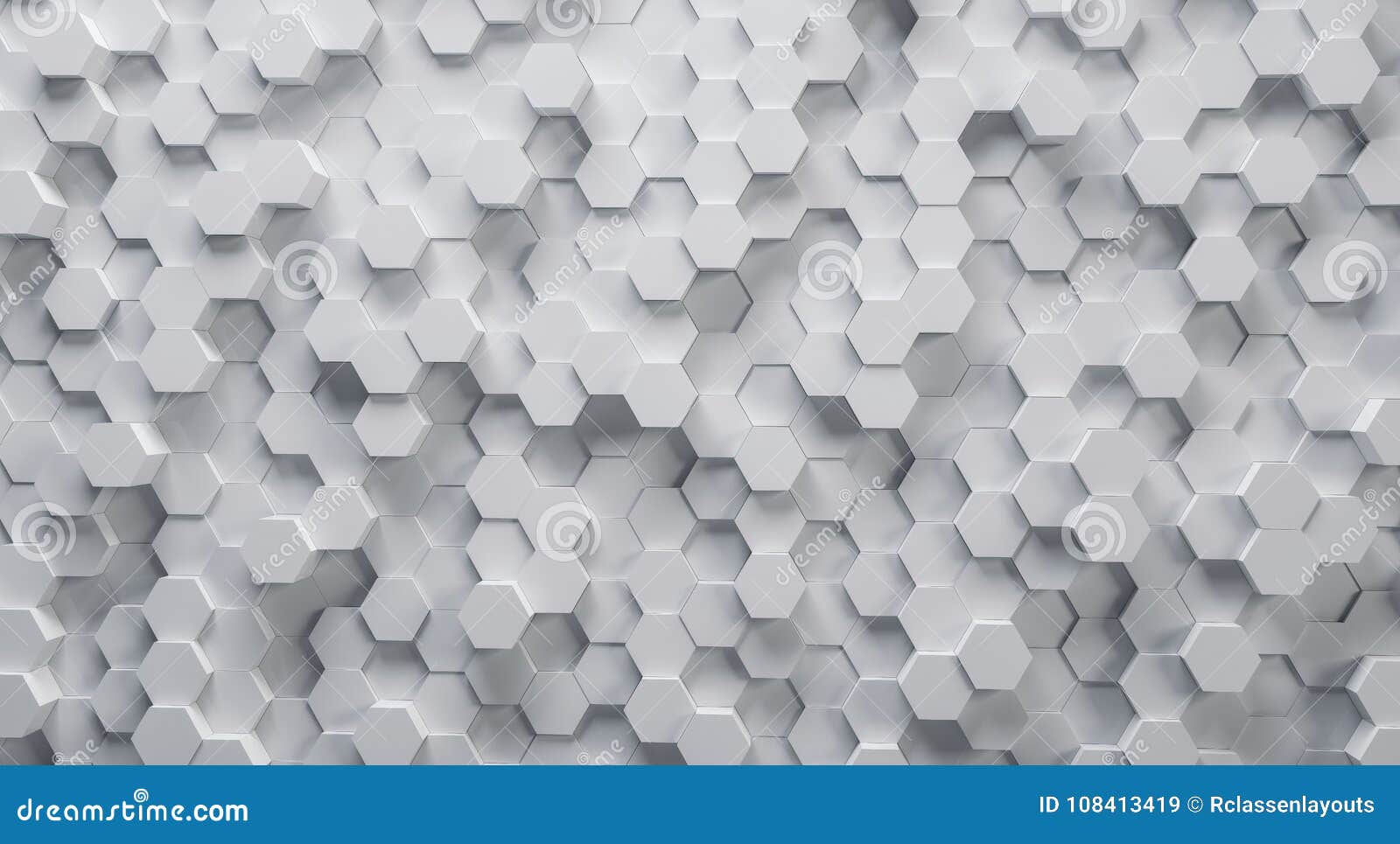

This vital engineering data is the result of a long-term partnership between the two companies, providing product development teams the ability to evaluate the suitability of GF-PP compounds in new designs to address carbon-neutral targets by replacing traditional engineering plastics. “Our unique multiscale material modelling technology accelerates the adoption of SPC Europe’s ground-breaking recycled materials by making it possible for product development teams to accurately simulate a component and subject it to established automotive engineering test and validation.” “Limited material behaviour data is a barrier to sustainable eMobility innovations because automotive engineering teams have not been able to put new materials through the rigorous virtual durability and safety tests required for automotive endorsement,” said Guillaume Boisot, head of the Materials Centre of Excellence at Hexagon. The automotive industry’s shift to eMobility has increased the need for lightweighting components to maximise the energy efficiency of vehicles and mitigate the considerable weight of battery packs, but their environmental performance throughout the lifecycle must also be considered by product development teams. Plastics can contribute up to 20 per cent of the total weight of a car, and their application is escalating with the continuing replacement of metals. These new Sumika recycled PP compounds are designed for the circular economy, contributing to plastic waste reduction at vehicle end-of-life.

Hexagon's manufacturing intelligence division and Sumika Polymer Compounds Europe (SPC Europe), a leading manufacturer of thermoplastic compounds, have partnered to digitise the performance of new sustainable automotive-grade PP compounds, enabling engineers to design components that are more recyclable and offer a lower carbon footprint for future vehicles.Ī growing proportion of today’s PP components are recovered and recycled compared to polyamides (PA), of which up to 70 per cent are utilised in waste-to-energy initiatives or finish up in landfill, but there remains substantial room for improvement.


 0 kommentar(er)
0 kommentar(er)
